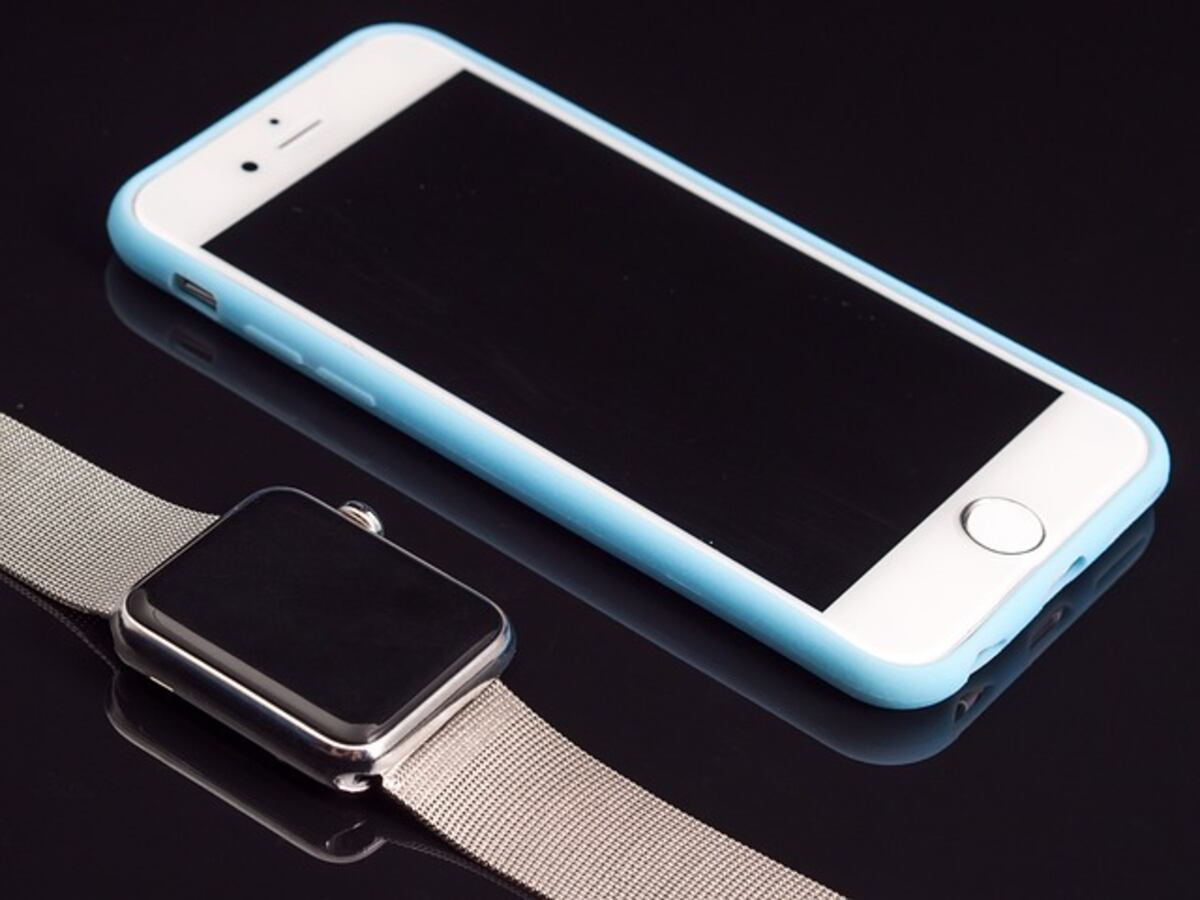How Lifestyle Brands Inspire Loyalty


Lifestyle brands that succeed don’t just sell products; they sell experiences. This approach drives customer loyalty – Nike’s athletes, Patagonia’s environmental ethics, and Volcom’s punk attitude are prime examples.
An effective strategy is essential to building your brand as a lifestyle brand. It creates the basis of an identity that can be shared with audiences via imagery, content, and tone.
They’re not just selling a product.
Lifestyle brands promote values and visions that resonate with their target audience, going beyond demographics and psychographics to understand what their audience wants from them. This insight is the cornerstone of their brand identity and marketing strategy; successful lifestyle brands will foster connections between their product and those who use it, leading to loyal users and potential advocates.
Building a community around a lifestyle brand’s values and ideals is integral to its success, which makes influencer marketing essential. A dedicated following will encourage customers who share similar models to share content about it while supporting it. Partnering with non-competing brands that target the same audience is also beneficial in creating solid and long-lasting communities.
Most purchases are emotional. Consumers don’t buy Doc Martens because they need new boots; instead, they want to join the creative punk culture associated with the brand. Lifestyle brands tap into audiences’ aspirations and ideologies before designing products and services that reflect them.
Successful lifestyle brands require long-term dedication to your ideals. From luxury, adventure, and ethical concepts, embodying them consistently can be difficult; but it can be achieved with hard work. Lifestyle brands should also feature clear strategies which resonate with their target markets.
Some lifestyle brands, like YETI and Black Rifle Coffee, have built their identities on ideals, while others, such as A24 Films, have focused on producing high-concept movies. What matters most when creating and maintaining a brand identity is ensuring it represents something meaningful to its target market and can sustain itself over time; this will allow you to attract and retain customers, charge higher prices for your products, and quickly navigate a shifting economy.
They’re selling a lifestyle.
Successful lifestyle brands have an in-depth knowledge of their target audience’s way of life. Not simply compiling demographic information into a persona and producing content, successful lifestyle brands delve deeper to uncover what drives their audience members and achievers to do what they do. This helps create an integrated strategy to associate the brand with an idealized version of this lifestyle. Many lifestyle brands are so successful at inspiring loyalty that many customers keep returning – not because they sell a product but because they provide an incredible experience that keeps customers returning!
Lifestyle brands that stand out are those in the fashion, food, and technology industries; rather than simply marketing products, they promote a lifestyle for customers. Lifestyle brands go beyond typical marketing efforts that may attempt to link an aspect of customer lifestyles with specific products; lifestyle brands offer long-term success for their customers.
Brands such as Nike’s Air Jordan do not compete solely on features and benefits of their products; rather they rely on emotional connections with customers as the foundation of competition. Patagonia products, used by adventurous individuals worldwide, also fall under this category.
Lifestyle branding allows companies to form deeper connections with consumers by cultivating identity and community around their products. Lifestyle branding can be achieved using various marketing strategies such as targeted ads, charity work, and partnerships with celebrities or influencers; consistency with these efforts and maintaining a distinct identity for your brand are keys to its success. This will allow companies to stand out amongst competitors while encouraging consumers to support it.
They’re selling an identity.
Lifestyle brands tend to attract and maintain customers more successfully than brands that sell products, as lifestyle brands create communities of like-minded people who share common beliefs and lifestyle choices. Lifestyle branding can be particularly effective in markets dominated by companies offering similar products, as it helps differentiate them from their competition and establishes more intimate bonds with customers. But it must be remembered that becoming a lifestyle brand is no simple feat; achieving such status requires extensive research on target audience lifestyle habits and an effective marketing plan supporting your core value and identity of the brand.
Many lifestyle brands start as product-led businesses, allowing them to quickly build an initial customer base to continue purchasing their products. Famous examples of lifestyle brands that started as product manufacturers like YETI, Black Rifle Coffee, and Patagonia quickly transformed themselves into lifestyle brands by associating themselves with specific subcultures – example YETI, Black Rifle Coffee and Patagonia which all started manufacturing outdoor gear and later transitioned into lifestyle brands with strong subcultural connections like their outdoor gear divisions did; their success can be seen in their dedication in creating and maintaining a consistent brand culture as well as vigorously advocating their core beliefs.
Lifestyle brands typically employ a soft-sell marketing approach, telling stories and gently alluding to how their products relate to customers’ lifestyles. This can be challenging for marketers used to more traditional hard-sell campaigns; additionally, lifestyle brands evolve. It’s important to recognize this when working on one.
To build a successful lifestyle brand, it is critical that you first understand who your product appeals to. One effective method of doing this is studying the demographics and psychographics of your target audience along with any broader culture they belong to. Once this knowledge is in hand, marketing campaigns that address audience needs and desires can be created effectively. You should also engage with influencers who represent that culture online via social media like Facebook.
They’re selling culture.
Becoming a lifestyle brand is an increasingly popular marketing trend among companies, conveying that your product represents something more significant than itself while connecting more emotionally with customers.
There are various strategies for developing a lifestyle brand, with the primary goal being understanding your target audience’s desires in life. Lifestyle brands don’t rely on demographic data but instead research each member of their target market until they discover precisely what makes them tick – for instance, people don’t buy Doc Martens to replace worn-out footwear; rather they do it because the brand symbolizes creative punk ideology they identify with.
An effective way to become a lifestyle brand is by developing a solid social media presence and engaging with your community. Doing this will attract more customers and encourage existing ones to promote your products for free – giving your brand an air of authenticity while developing loyal supporters for life!
Position your company as an authority in its industry by sharing information about your products and services and partnering with influencers with similar values. In addition, transparency should always be maintained about both your offerings.
Today’s top lifestyle brands are making strides toward creating a better world through health and wellness initiatives, education initiatives, environmental concerns, diversity and inclusion initiatives, etc. Many have gained the loyalty of young consumers willing to fight for causes they believe in.
Lifestyle branding is an effective strategy any business can implement to better connect with customers, boost sales, strengthen customer loyalty, and encourage repeat purchases. But remember, to be effective as a lifestyle brand, you must adapt quickly to changing consumer needs.
Recent Posts
Why Proper Concrete Sealing Can Extend the Life of Your Surfaces
Introduction Concrete is one of the most durable building materials, used for driveways, patios, sidewalks,…
Mesa Asphalt Paving: Cost and Considerations
Introduction When it comes to improving your property’s curb appeal and ensuring long-lasting infrastructure, asphalt…
Analyzing Chicago’s Real Estate Market
Chicago, a city of architectural marvels, vibrant neighborhoods, and a storied history, holds a unique…
Innovations in Railway Transport for Freight
Railway transport is rapidly becoming a focal point in the conversation about freight shipping. This…
Exclusive Benefits and Incentives for Military, Veterans, and First Responders in Real Estate
In our community, those who dedicate their lives to service deserve more than just our…
How Surveillance and Smart Security Systems Keep Your Property Safe
In an era where security threats are increasingly sophisticated, homeowners and businesses are turning to…



